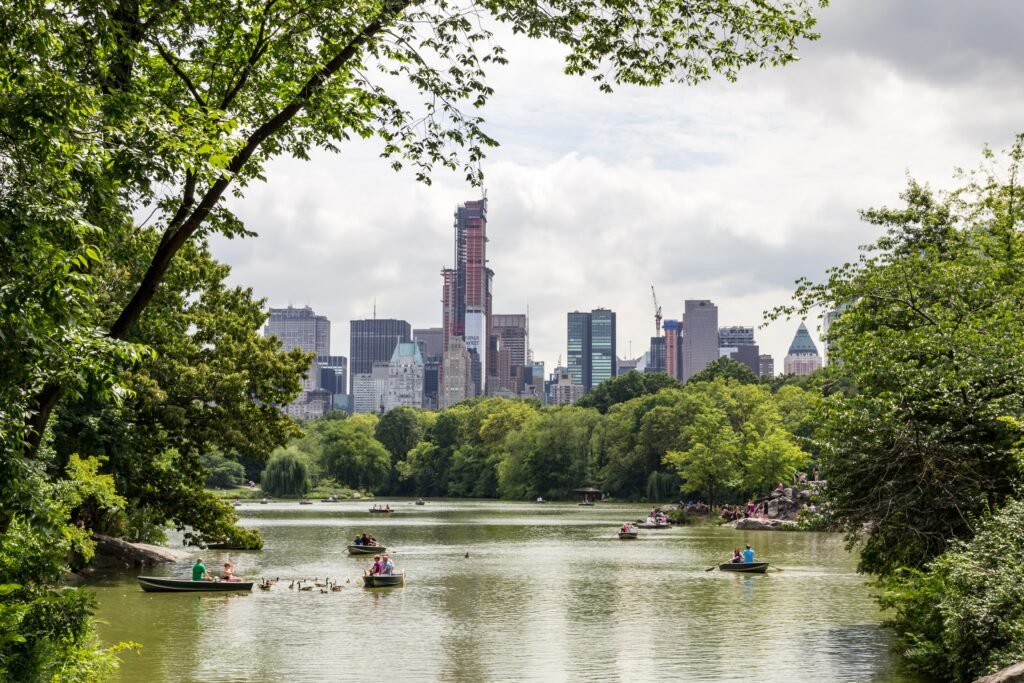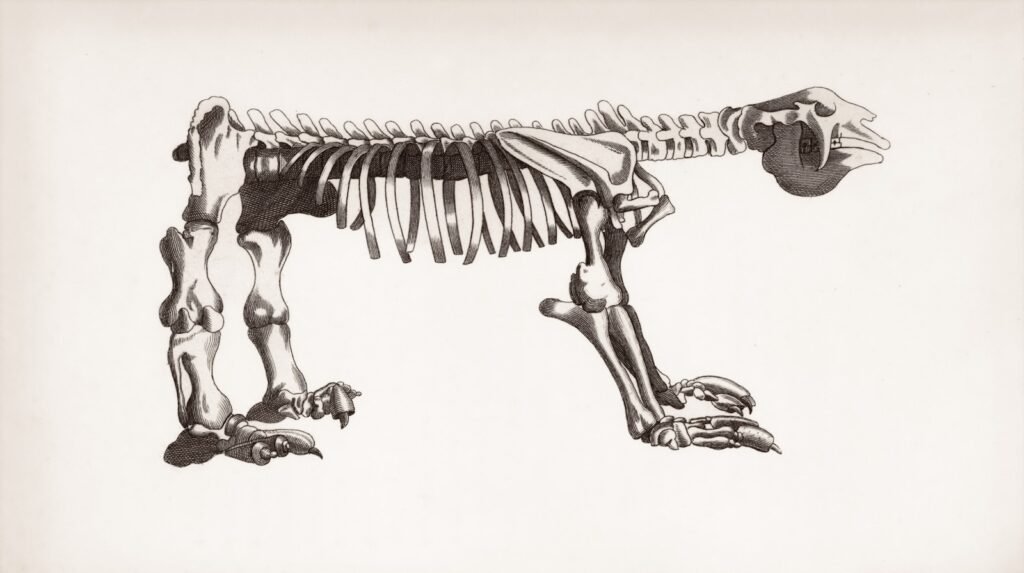Beneath the swirling energy of Times Square, under the relentless rhythm of yellow cabs and towering glass giants, lies a secret world almost no one suspects: New York City’s very own ancient swamp forest, hidden deep below the concrete. Imagine for a moment a time before skyscrapers touched the clouds, before subways rumbled underground—when the land was wild, thick with towering cypress trees, and teeming with life. This is not a fantasy or a lost legend. Science has revealed that the very ground supporting the city’s relentless ambition once cradled a mysterious, lush forested swamp. What stories might those ancient roots whisper if we could listen through the stone and steel? Let’s journey into the shadowy depths, where New York’s past lies tangled and preserved, waiting to be uncovered.
The Forgotten Wetlands of Manhattan
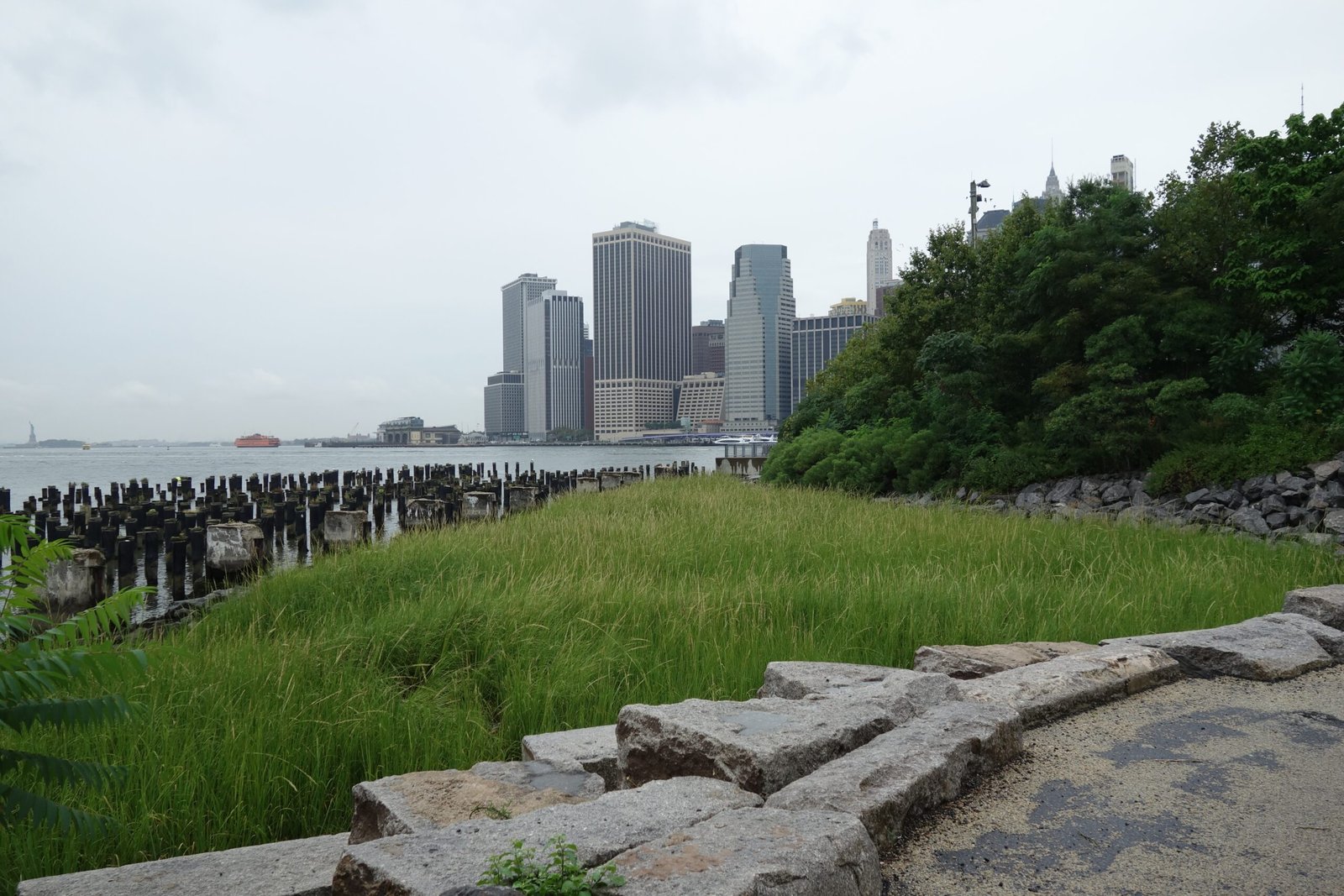
Most New Yorkers rush through their daily routines without realizing that their footsteps echo above what was once a sprawling wetland. Before the city’s grid was etched into the earth, Manhattan was shaped by winding streams, marshes, and swampy forests. These wetlands were alive with birdsong, buzzing insects, and the calls of amphibians. The land was soggy underfoot, often covered with dense stands of ancient trees that reached for the sun. Early explorers and Native American tribes relied on this landscape for food, shelter, and fresh water. The city’s relentless growth eventually buried these wetlands under tons of stone and concrete, but their story remains written in the soil.
A Glimpse Back in Time: The Swamp’s Origins
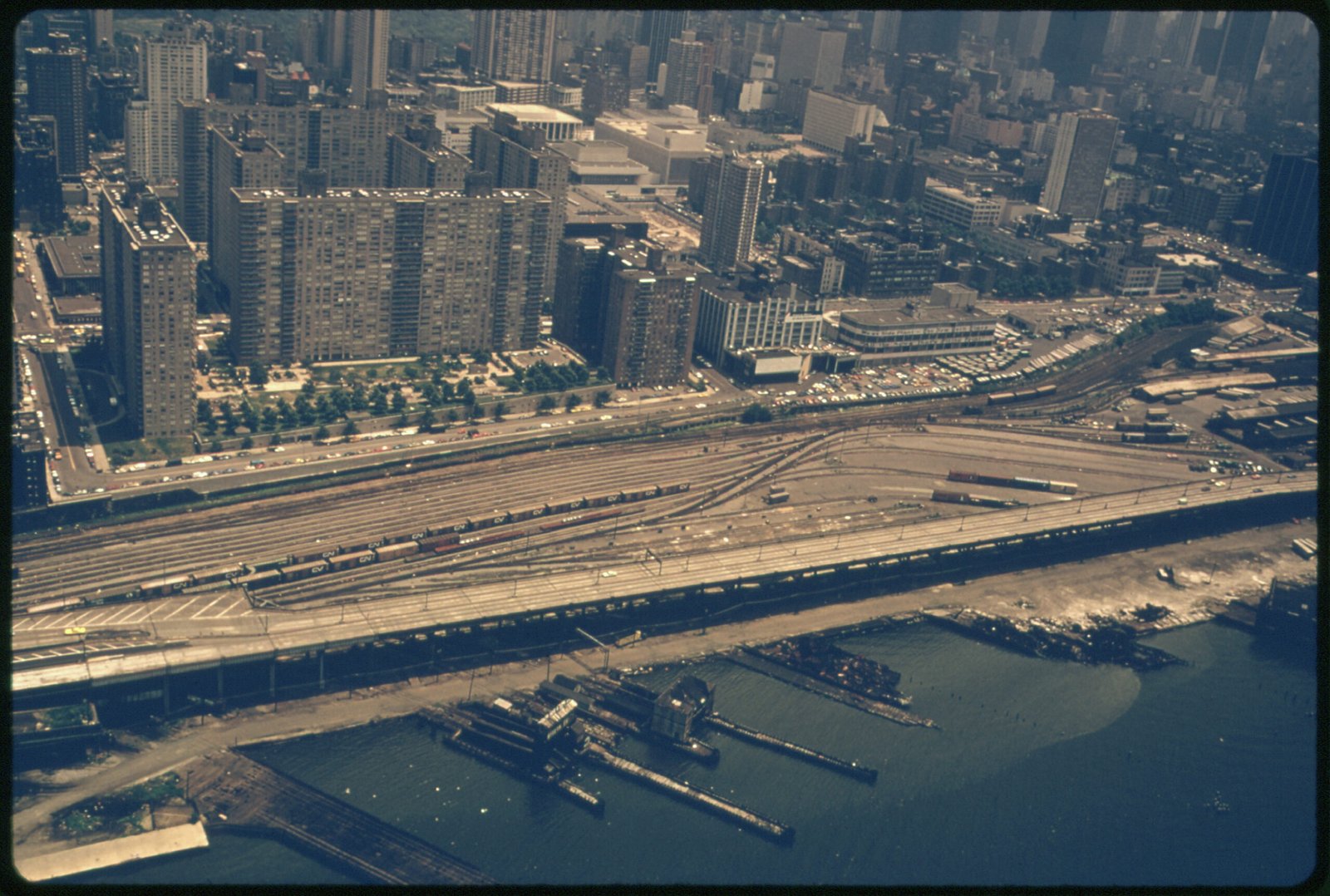
Long before the Dutch set eyes on Manhattan, a vast swamp forest thrived here, dating back thousands of years. Scientists believe this ancient ecosystem formed at the end of the last Ice Age, as glaciers retreated and left behind a patchwork of lakes and bogs. The climate was warmer and wetter, perfect for the growth of swamp-loving trees like black gum, tupelo, and bald cypress. Layers of peat and organic material built up over centuries, preserving traces of prehistoric plants and pollen. This hidden world tells us about how climate and life shaped the land long before humans claimed it.
The Trees That Outlived Time
Imagine trees so tough, their roots still lie deep below New York’s streets—wood blackened but intact, undisturbed for millennia. Bald cypress and Atlantic white cedar once dominated these swamps, their knees poking above the water to breathe. Remnants of these ancient giants have been unearthed during subway constructions and building excavations. Some logs, preserved by the wet, anaerobic conditions, are so well-kept that you can still see growth rings and even the marks from ancient beaver teeth. It’s a humbling reminder that nature’s resilience can outlast even the boldest human plans.
Fossils and Ancient Life: Discoveries Below Ground
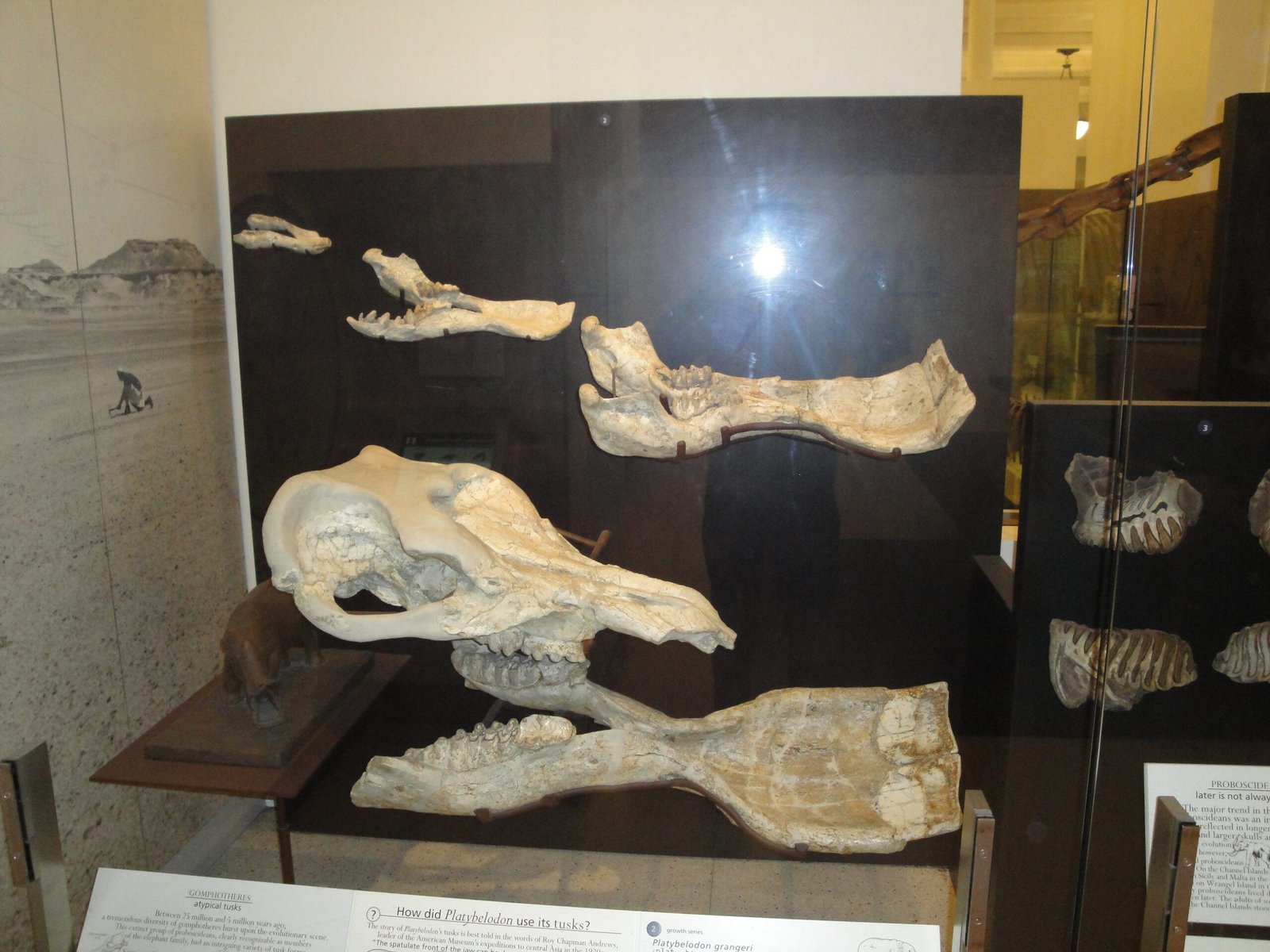
Beneath the city’s foundations, scientists have found more than just old wood. Fossilized remains of plants, seeds, and even small animal bones have emerged from the muck, offering a window into New York’s ancient biodiversity. These discoveries hint at a bustling ecosystem—a world of turtles, frogs, birds, and insects thriving in the tangled undergrowth. Each fossil is a clue, helping researchers piece together the puzzle of what life was like before concrete ruled the land. The presence of ancient pollen grains even allows scientists to reconstruct seasonal cycles and long-lost food webs.
Native Peoples and the Swamp’s Bounty
Long before skyscrapers, Manhattan was home to the Lenape people. They knew the swamp forest intimately, harvesting its riches for food, medicine, and building materials. The Lenape fished in the streams, gathered edible roots, and trapped waterfowl. Swamps were seen not as obstacles but as vital, living resources. Oral histories still recall the “island of many hills,” where forested wetlands offered protection and plenty. This deep relationship with the land has echoes in the city’s place names—Harlem, Canarsie, and others all trace their roots to these ancient landscapes.
The Swamp That Shaped the City’s Foundations
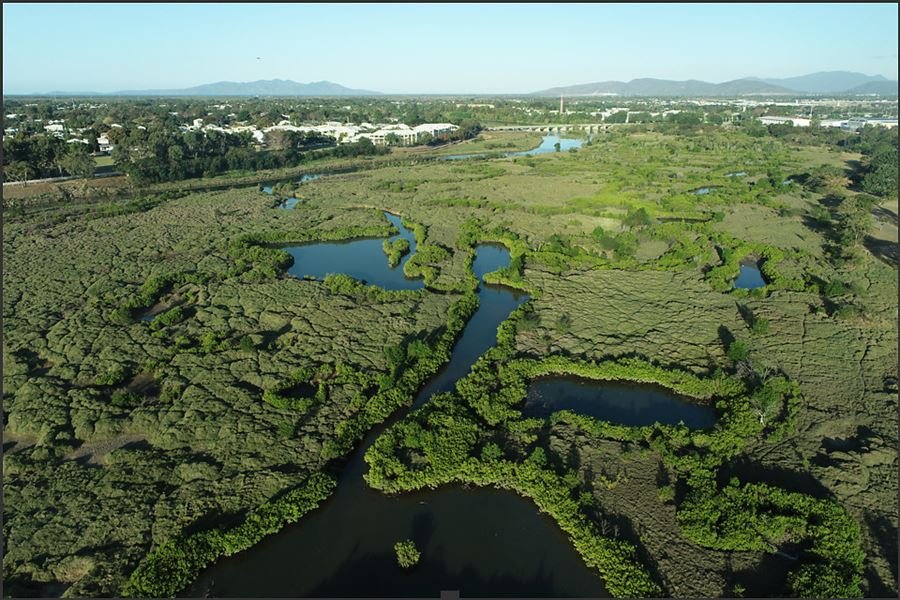
When European settlers arrived, they faced a soggy challenge. Building on swampy ground meant dealing with shifting soils and frequent flooding. Ingenious solutions emerged, like driving piles of timber deep into the muck to stabilize early structures. Many of today’s oldest neighborhoods—from Wall Street to the Lower East Side—were literally built on top of reclaimed wetlands. Even now, engineers must consider the ancient swamp’s soggy legacy when constructing new skyscrapers and subway tunnels. The ground remembers, and sometimes it pushes back.
The Science of Subterranean Exploration
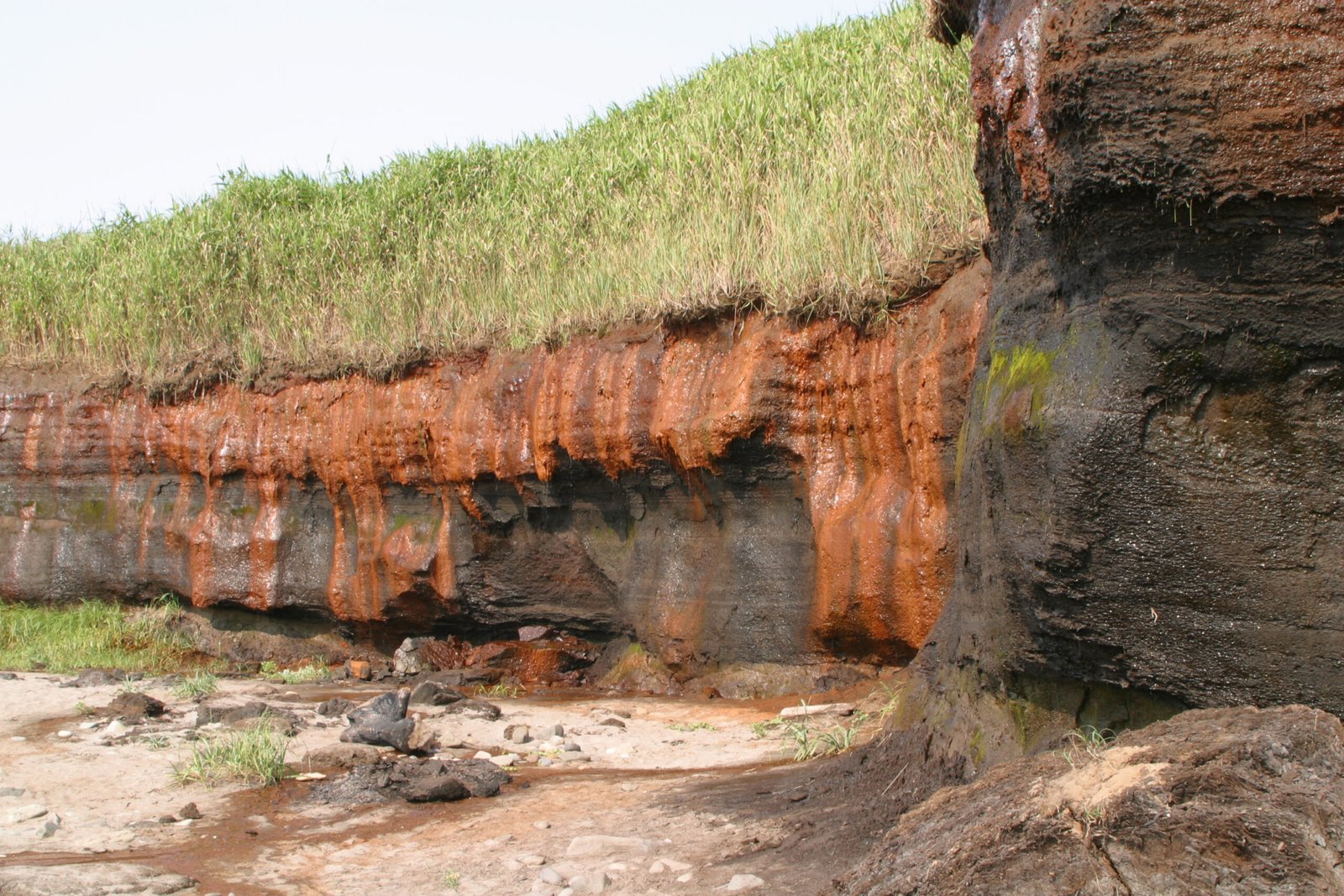
Investigating New York’s buried forest is no small feat. Geologists and archaeologists use advanced tools to probe beneath the city’s surface, including core sampling, sonar mapping, and ground-penetrating radar. By extracting cylinders of soil, researchers can read the earth’s history layer by layer, much like the pages of a book. Each stratum tells a story—of floods, droughts, fires, and regrowth. Sometimes, construction workers stumble upon waterlogged tree trunks or pockets of black, peaty soil, sparking renewed scientific interest and careful excavation.
Climate Clues Locked in the Peat
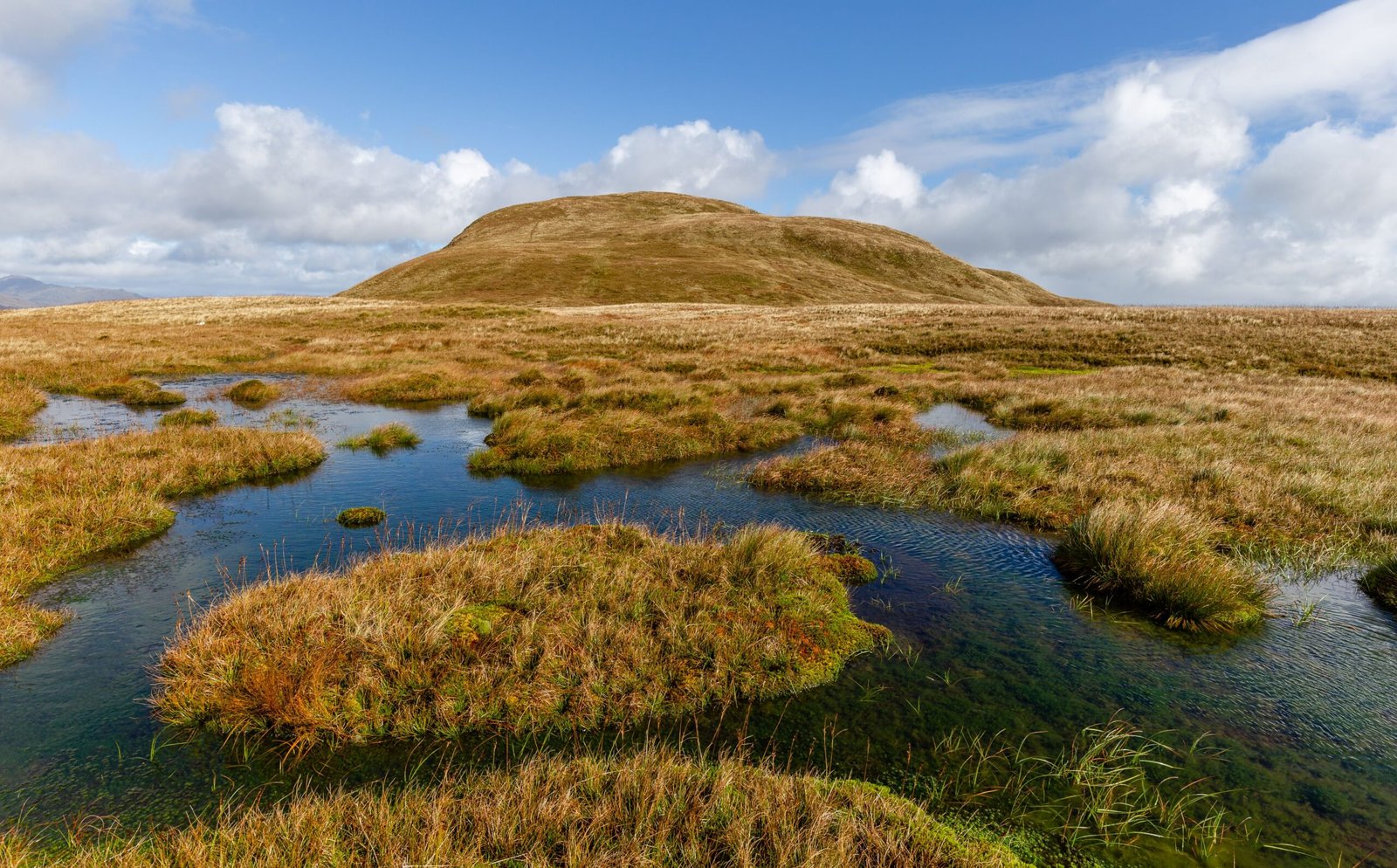
One of the most astonishing aspects of New York’s buried swamp is its role as a natural archive of climate change. Peat and sediment trapped beneath the city contain ancient pollen, spores, and even microscopic organisms. By analyzing these tiny remnants, scientists can reconstruct the region’s climate history, tracing shifts in temperature, rainfall, and vegetation over thousands of years. This data is essential for understanding how the city’s environment has adapted to climate swings in the past—and how it might respond in the future.
The Hidden Hydrology: Rivers Beneath the Streets
Many New Yorkers don’t realize that beneath their feet, ghost rivers still flow where the swamp once ruled. Some streams were buried or redirected into sewers, but their paths continue to influence the city’s drainage and flooding. During heavy storms, water can rise quickly in areas built on former wetlands, a stark reminder of the landscape’s stubborn memory. Efforts to map these hidden waterways have revealed surprising connections between the city’s modern plumbing and its ancient, natural hydrology.
Subway Tunnels Through Ancient Ground
Digging subway tunnels in New York isn’t just about rock and concrete—it’s about navigating through layers of ancient peat, tree roots, and swampy soil. Engineers often face unexpected challenges when they hit pockets of waterlogged wood or soft, unstable ground. Sometimes, entire subway lines had to be rerouted to avoid the soggiest sections of ancient swamp. These engineering feats remind us that the city is a palimpsest, with each era building upon and wrestling with the layers that came before.
Modern Remnants: Where to See Traces Today
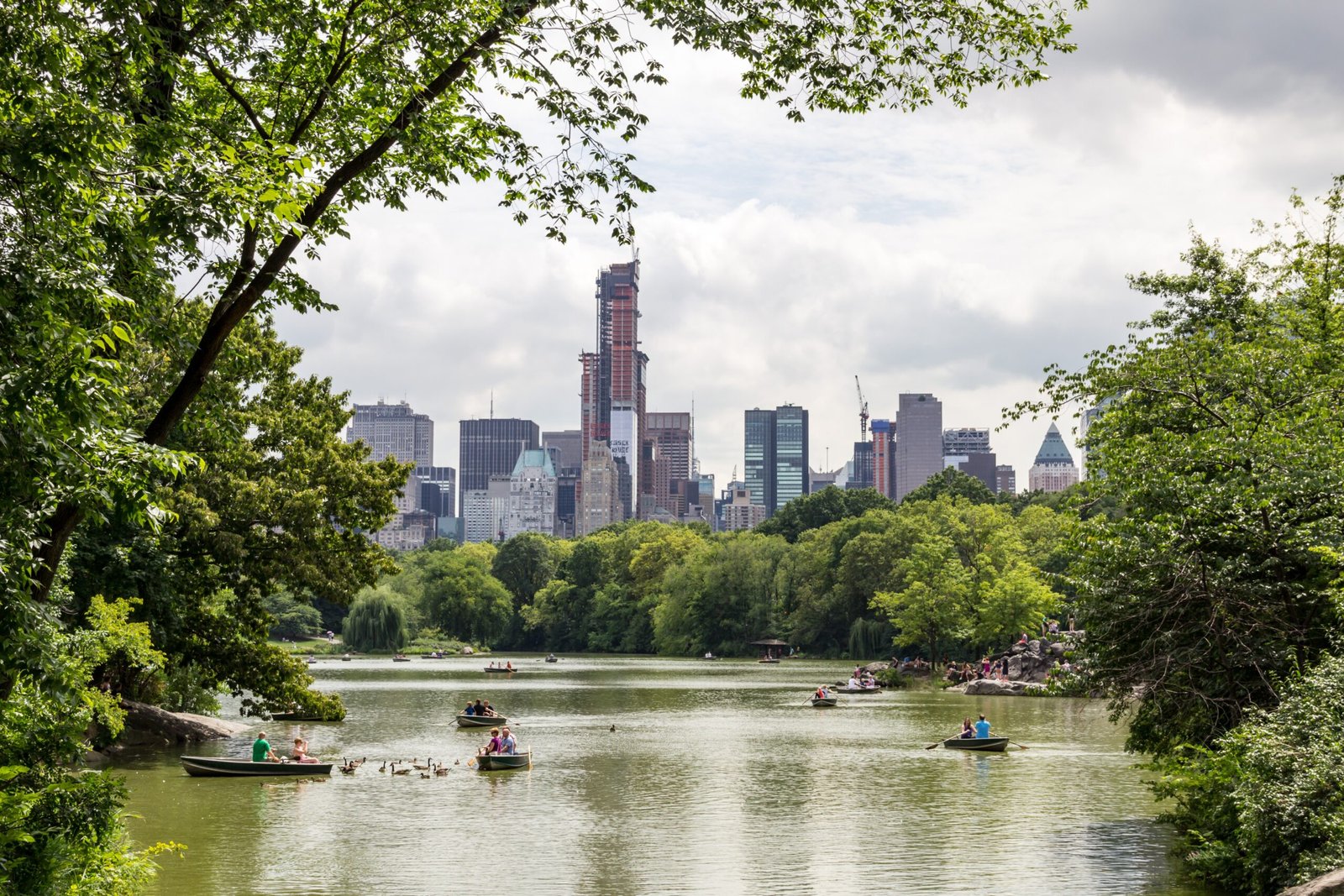
While Manhattan’s ancient swamp is mostly hidden, traces of its watery past still linger. Central Park’s Ramble, with its tangled paths and gnarly trees, hints at the primeval forest that once dominated the island. In Inwood Hill Park, you can find actual salt marshes and glacial outcrops, relics of the pre-urban landscape. Some basements in lower Manhattan still flood mysteriously, a persistent reminder of the groundwater flows beneath. These pockets of wildness connect city dwellers to a much older, wilder Manhattan.
Swamp Wood in New York’s Buildings
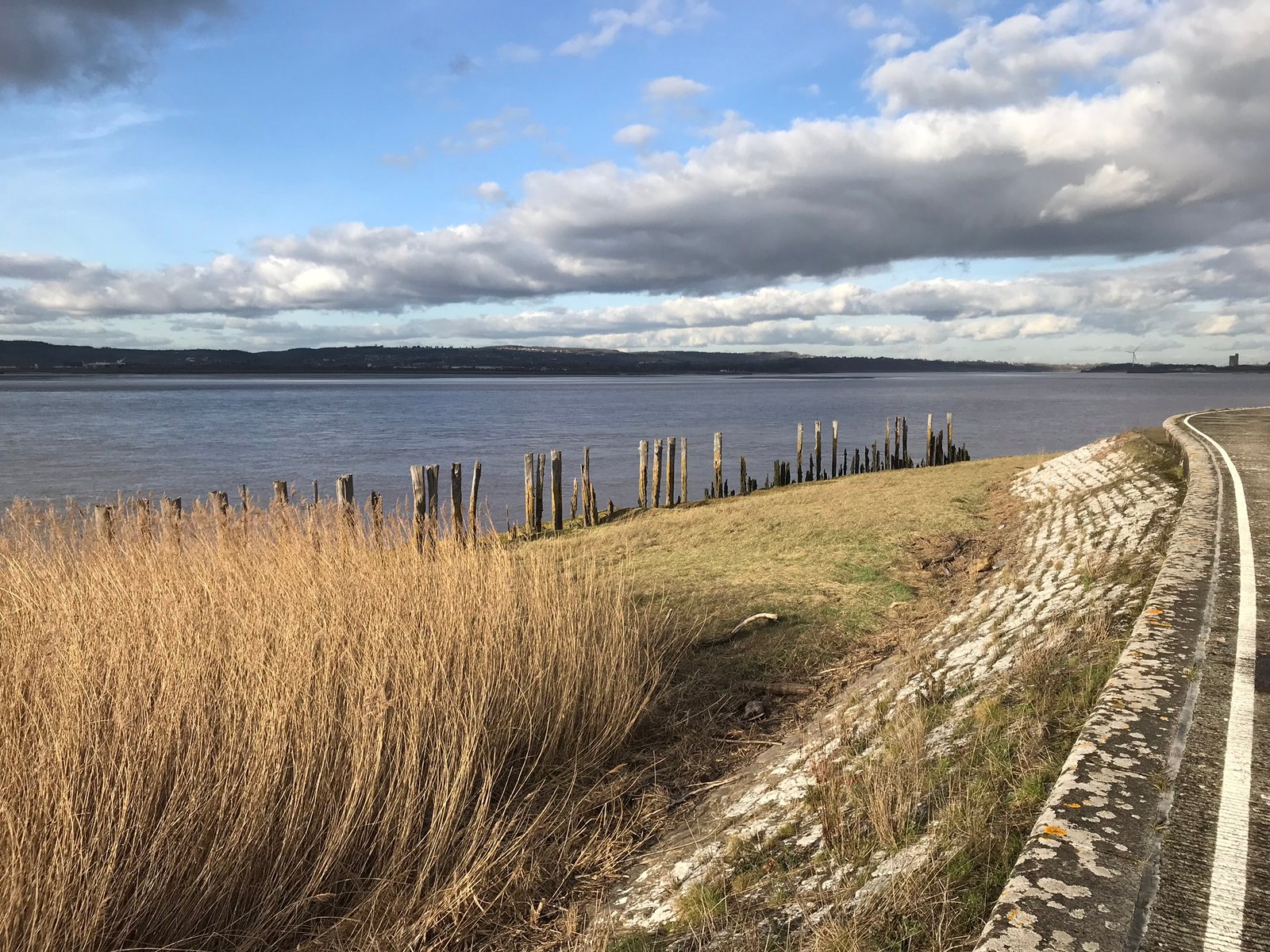
It might surprise you to learn that some of New York’s oldest buildings literally rest on the bones of the buried swamp. Early architects drove wooden piles into the marshy ground to support heavy stone structures. Over the centuries, these submerged timbers have been preserved by the wet, oxygen-poor environment, much like artifacts in an ancient bog. When construction crews unearth these piles today, they uncover a direct, tangible link to the city’s forgotten forest.
The Microbial World Below
Buried within the ancient peat, a hidden world of microbes continues to thrive. Scientists have discovered unique bacteria and fungi that have adapted to the oxygen-starved, acidic conditions of the swamp. These microbes play a crucial role in breaking down plant matter, releasing nutrients, and even preserving organic remains. Studying these tiny lifeforms could lead to new biotechnological discoveries, with applications ranging from medicine to environmental cleanup. It’s another reminder that life endures in the most unexpected places.
The Swamp in Art and Literature
New York’s lost wetlands have inspired artists, writers, and poets for generations. The city’s transformation from wild swamp to urban powerhouse is a recurring theme in paintings, novels, and even music. Walt Whitman wrote about the “primeval woods” of Manhattan, while modern artists use the imagery of buried forests to comment on nature’s resilience. The swamp becomes a powerful metaphor for hidden histories and the layers of memory beneath the city’s surface.
Unraveling the Mysteries: Ongoing Research
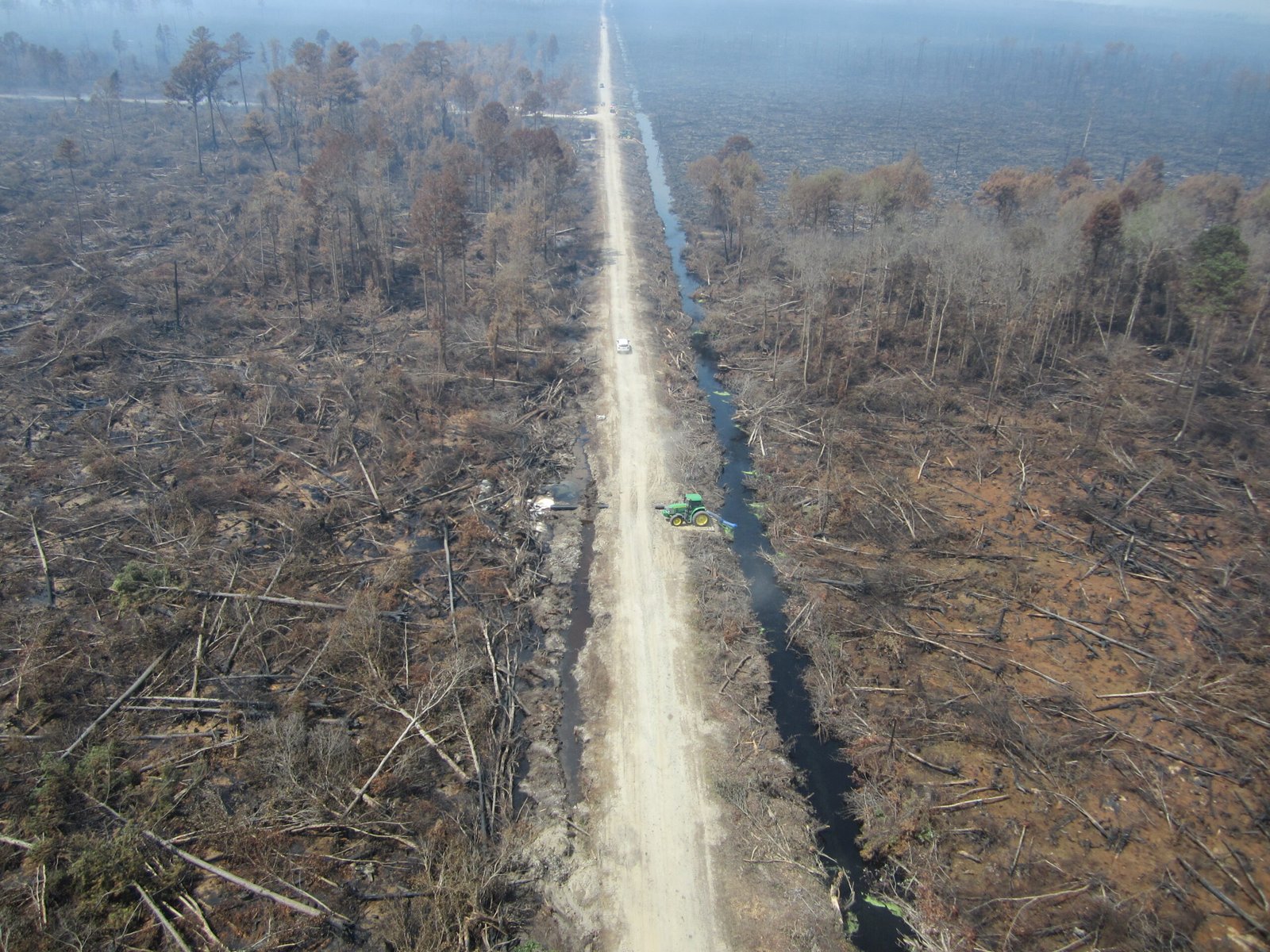
The buried forest is far from a closed chapter. Teams of geologists, paleobotanists, and historians are still piecing together its story. New technologies, like DNA extraction from ancient plant remains, promise to reveal secrets that were once thought lost forever. Public interest in the city’s natural history has grown, leading to exhibitions, documentaries, and citizen science projects. Each discovery adds a new thread to the tapestry of New York’s deep past.
What the Buried Swamp Teaches Us
The story of New York’s ancient swamp is more than a curiosity—it’s a lesson in change, adaptation, and resilience. The city’s very existence is built upon the remnants of a long-gone ecosystem. Understanding how the swamp thrived, changed, and was eventually buried helps us see the city as part of a much bigger natural story. It challenges us to think about how today’s choices will shape the future landscape, just as the past shaped ours.
Climate Change and the Lessons of the Past
As the world grapples with rising seas and extreme weather, New York’s ancient swamp offers a sobering perspective. The buried peat holds clues to how ecosystems responded to past climate shifts—and how those responses affected the land and water. Lessons from the deep past could help city planners and scientists design more resilient urban spaces, better able to withstand the unpredictable future. The swamp’s story is a call to remember that cities and nature are forever intertwined.
Restoring the Lost Wetlands: A Dream for the Future
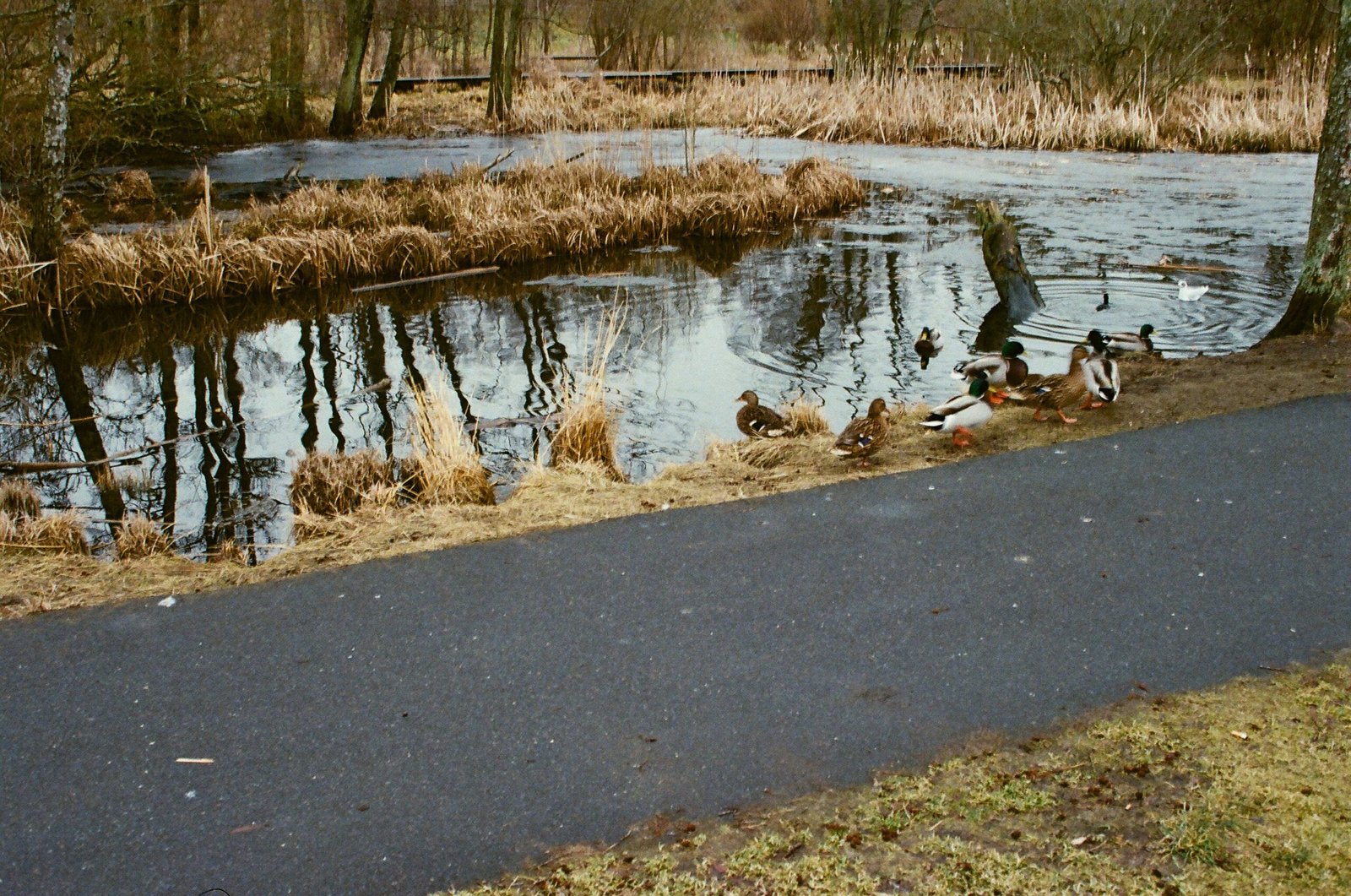
Some visionaries dream of bringing back small slices of New York’s ancient swamp. Urban restoration projects have already reintroduced wetlands to places like Jamaica Bay and the Bronx River. These efforts not only provide habitat for wildlife but also help control flooding, filter pollution, and connect people with their city’s natural roots. The buried forest may never fully return, but its spirit lives on in every patch of restored green.
The Surprising Power of Forgotten Landscapes
What’s buried isn’t always gone. The ancient swamp beneath New York’s skyscrapers is a testament to nature’s quiet persistence. Even as the city races toward the future, the past lingers below, shaping everything from the land’s stability to its culture. These forgotten landscapes remind us that every city is built on stories—some written in stone, others in mud and roots. Sometimes, all it takes is a crack in the pavement to let the wild back in.

